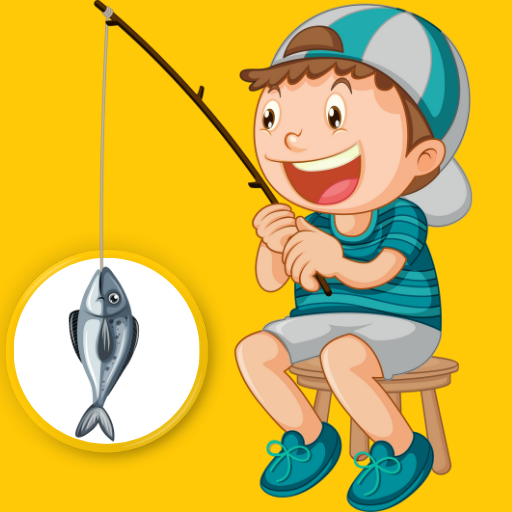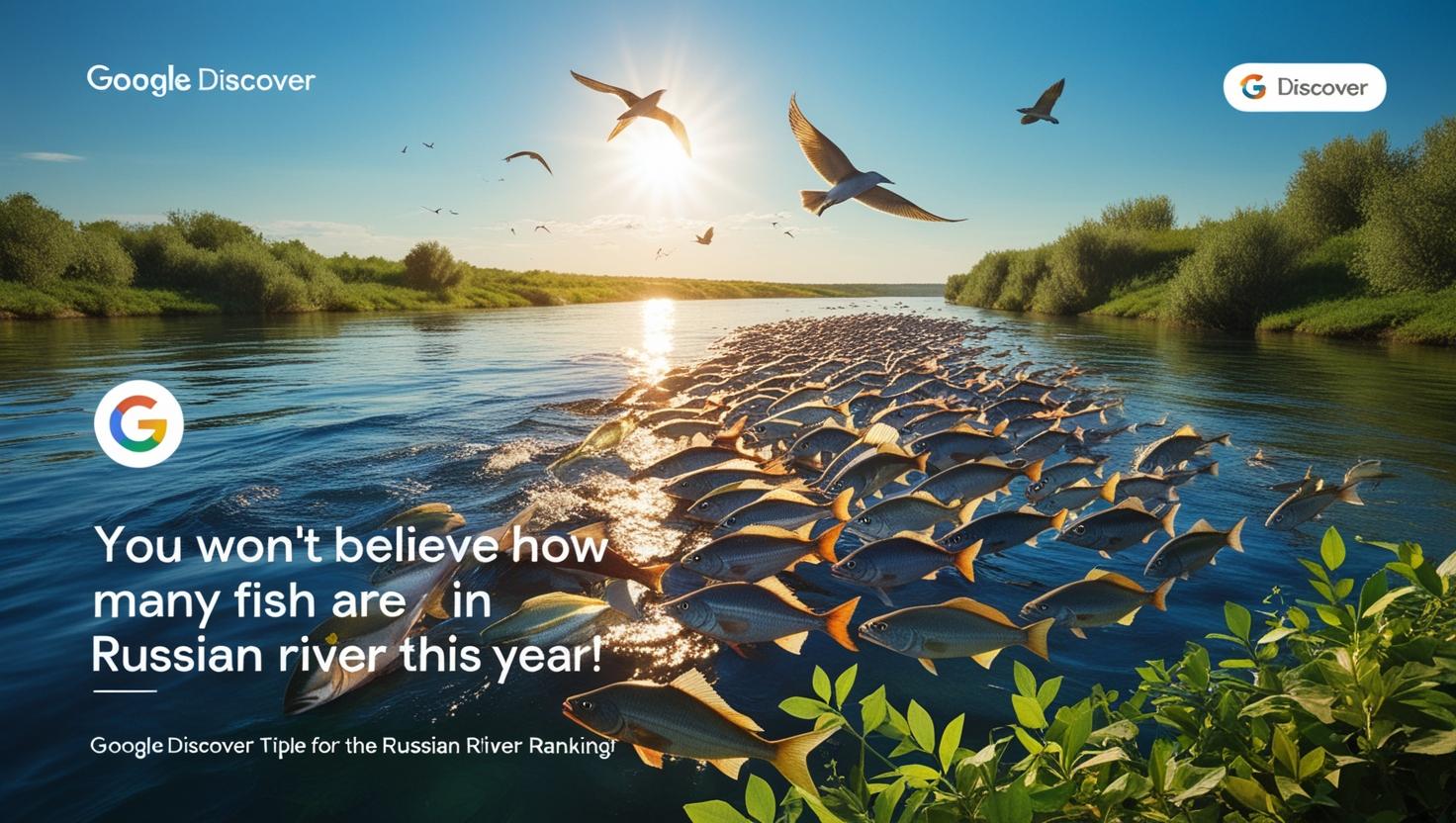Record-Breaking Fish Counts in the Russian River 2025
The Russian River, flowing majestically through the heart of Northern California’s wine country, has stunned scientists, anglers, and environmentalists alike this year. A surge in native and migratory fish populations has turned this waterway into a biological marvel. Early 2025 surveys reveal that fish populations have reached their highest levels in over two decades, marking a historic rebound.
A Closer Look at the Russian River Ecosystem
Stretching over 110 miles, the Russian River winds from the Coast Range Mountains to the Pacific Ocean, nurturing a diverse aquatic habitat along the way. The river supports several species, including:
- Steelhead Trout
- Chinook Salmon
- Coho Salmon
- Largemouth Bass
- Sacramento Pikeminnow
- Pacific Lamprey
The river’s seasonal flow, tributary network, and riparian vegetation create an ideal breeding and migratory environment for anadromous fish.
What’s Driving the Surge in Fish Populations?
Unprecedented Conservation Efforts
Over the last decade, agencies like the California Department of Fish and Wildlife (CDFW) and NOAA Fisheries have intensified habitat restoration, dam modification, and water flow optimization. In 2024, these efforts culminated in several pivotal developments:
- Removal of antiquated fish barriers
- Enhanced streambank stabilization projects
- Installation of modern fish ladders
- Widespread reforestation efforts around spawning grounds
These initiatives have created unhindered migratory pathways for salmonids and improved water quality throughout the river.
Exceptional Rainfall and Hydrology Conditions
The winter of 2024–2025 brought above-average rainfall, replenishing upstream tributaries and increasing streamflow consistency—a key factor in salmonid survival. These optimal hydrological conditions improved spawning success and reduced egg mortality rates.
Record Salmon Returns: A Conservation Triumph
Chinook Salmon Revival
The Chinook salmon have returned in force. According to the Russian River Watershed Association, more than 42,000 Chinook were counted during the 2025 winter run—a 68% increase from the previous year. Monitoring stations near Mirabel Dam recorded peak daily returns as high as 3,000 fish.
Steelhead Comeback
Steelhead trout, once nearly extirpated from the watershed, are making a powerful resurgence. In 2025, steelhead counts topped 15,000, compared to fewer than 5,000 in 2018. These fish play a vital ecological role and are a prized species for sportfishing.
Coho Salmon: From Endangered to Emerging
Perhaps the most impressive success story lies in the Coho salmon, long considered endangered in this region. Thanks to hatchery support and streamside juvenile rearing programs, over 9,000 Coho were recorded—a fivefold increase over 2022 figures. This marks a critical turning point for the species’ recovery.
The Role of Hatcheries and Juvenile Monitoring
The Don Clausen Fish Hatchery has been instrumental in bolstering juvenile fish populations. In 2025 alone, more than 1.2 million fry were released into the upper tributaries. Intensive smolt tagging programs and outmigration studies have helped biologists track survival rates and fine-tune conservation strategies.
Juvenile fish counts in spring 2025 revealed that outmigration survival rates are up 37% year-over-year—a direct result of increased river complexity and cooler water temperatures.
Impact on Recreational Fishing and Local Economy
A Golden Era for Anglers
With record fish numbers, the Russian River has become a hotspot for sportfishing enthusiasts. Local guide services have reported fully booked calendars through fall 2025, and angling pressure has skyrocketed, particularly near Healdsburg, Guerneville, and Cloverdale.
Boost to Tourism and Business
The surge in eco-tourism has brought significant economic uplift to surrounding communities. Hotels, restaurants, and tackle shops have seen revenue jumps of 15% to 30% compared to last year. Guided fishing tours are in high demand, with some operators expanding their fleets and services to accommodate the growing interest.
Environmental Challenges Ahead
Despite these wins, the Russian River still faces several threats:
- Urban runoff and pollution
- Encroaching development
- Agricultural pesticide drift
- Invasive species like striped bass and crayfish
Organizations such as Friends of the Russian River are continuing to monitor water quality and mobilize local stewardship programs to ensure these population gains aren’t reversed.
Community Involvement and Citizen Science
A critical component of the river’s rebound has been public participation. Thousands of volunteers have contributed to efforts including:
- Stream cleanups
- Native vegetation planting
- Fish count surveys
- Water sampling initiatives
Programs like “StreamWatch” and “Adopt-a-Tributary” have seen record enrollment in 2025, proving that community-driven conservation works.
The Future of the Russian River Fishery
With strong policy support, increasing public awareness, and continuous scientific investment, the Russian River is on track to become one of California’s premier salmonid fisheries once again. Experts forecast continued growth in fish populations through 2026, provided restoration projects and adaptive water management remain a priority.
Efforts are now expanding to improve conditions in smaller tributaries, develop climate resilience strategies, and further integrate traditional ecological knowledge from local Native American tribes.
In summary, the Russian River has experienced a historic rebound in fish populations in 2025, led by massive returns of Chinook, Coho, and Steelhead salmon, supported by habitat restoration, strong hydrology, and community-driven conservation. This river, once on the brink of ecological collapse, is now a beacon of aquatic restoration success.


Leave a Reply